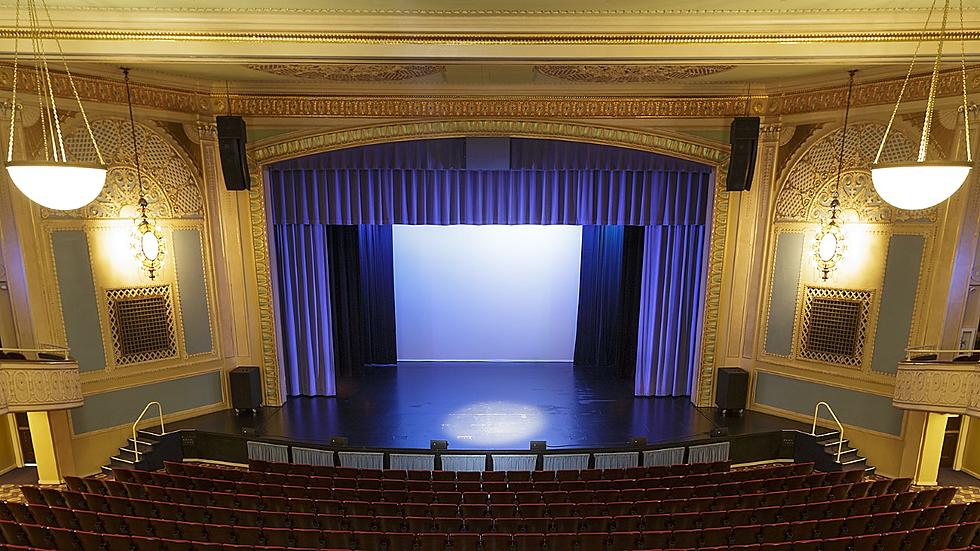Frozen In Time: Photography The Old Fashioned Way [VIDEO]
ST. CLOUD -- The Paramount Theatre Visual Arts Center has a new photography dark room for the first time in nearly five years.
Aaron Henning took it upon himself to bring the old-school art form back to the Visual Arts Center. It's one of the only places in central Minnesota that still allows the public to develop their pictures using analogue photography.
Henning says it's especially important for the younger generations who have grown up with digital photography to see the developing process in action, "They won't know what a film camera is...most of them won't know what a type writer is, you know. So to be able to have them come in and experience something completely new...that's a really rare thing."
The dark room shares a space with the wood turning studio and is equipped with three work stations. The space has room to eventually incorporate more work stations.
The photos are developed in black and white using a combination of chemicals and a water wash solution. Henning hopes that the Visual Arts Center will someday be able to develop pictures in color. It's something he says wants to learn himself.
Apollo High School donated some of their old equipment to the center when they made the decision to get rid of their dark room. Henning has spent about five months collecting donations, gathering equipment and building the dark room piece-by-piece.
Every Thursday night in the fall teenagers are allowed to stop by the Visual Arts Center and practice their photography skills by developing images from the film negatives. Henning says he eventually wants the teens to be able to develop their own pictures that they take themselves. The teens currently use donated negatives to create the enlarged images.
Henning says developing an image usually takes about 15 minutes. "You transfer (the image) to the paper, put it in the developer for one-and-a-half to two minutes, switch over to the stop bath, put it in the fixer and then we have the washer in the other room to kind of clean the print," says Henning.
Usually it's hard to tell what the print is going to look like based on the negative. Henning says you usually find out what the image is once you've enlarged it, "It's that moment in time, you know. It's just that snapshot of what was going on in someone's life 60 years ago."
More From AM 1240 WJON









